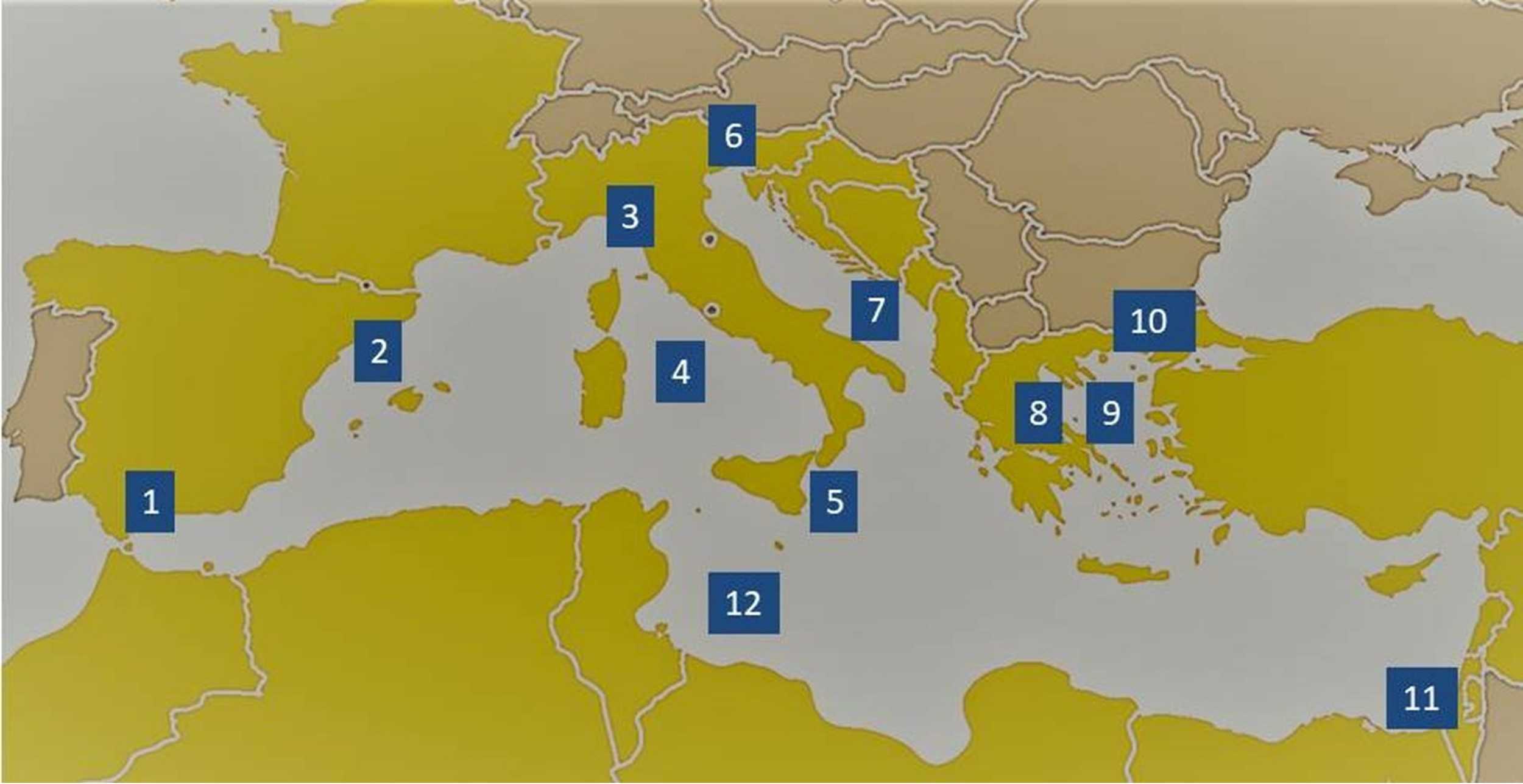
All At Sea In The Mediterranean Quiz
The Mediterranean, arguably the sea enclosed by the cradle of civilisation, is comprised of several smaller seas. Join us on our circumnavigation of the twelve seas as we weave between islands exploring the lesser-known parts of this mighty sea.
A label quiz
by Team Phoenix Rising.
Estimated time: 3 mins.
